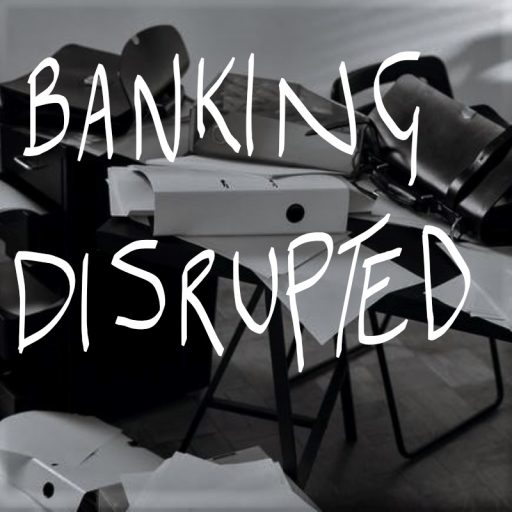Over the last few decades banks have become famous for developing into great monolithic organisations that are about as easy to navigate as an oil tanker. This has made the process of innovating, driving cost effective change, and undertaking digital transformation difficult. Additionally, the over reliance on net interest income, which has been under pressure since 2008, has made driving top-line growth a priority. There are several growth strategies that can be considered to help diversify traditional revenue streams, but the most topical ones centre around platform plays
A strategic platform play is based on creating a central ecosystem, that can be used to enhance a bank’s core capability through partnering with third parties. Hence, negating the need to build new offerings that are innovative in the eyes of customers. There are three primary ways in which these platforms can be used to drive the top-line, and each is considered based on its ability to drive immediate and long-term value.
Platform Strategies
| Platform Strategy | Growth Levers | Value Drivers |
|---|---|---|
| New customer attraction | Ability to attract mindshare using other 3rd party offerings Attraction of customers that are not normally acquired through traditional banking channels | Referral fees which result in short term and long-term annuity revenue. E.g., partnering with providers of legal service or home improvement services Balance sheet friendly revenue as the bank is not “underwriting” the third party offering |
| Customer Retention and Loyalty | Through using other offerings from 3rd parties that surround traditional banking services, customers develop more reasons to stay Tangible demonstration that customer interests are being served through continuous innovation that can be taken to market quickly | Reduced attrition rates, leading to more sustainable core revenue streams Reduce the overall cost of product innovation through leveraging partnerships e.g., see how Xero is now used in several SME banking propositions, where banks have no bandwidth/budget to develop book-keeping solutions |
| Creating a new digital banking ++ channel | Using capability from Open Banking to allow customers to aggregate their finances into one place Creating more of a Personal Financial Management Experience, to make managing money convenient Opening the channel, and APIs, for the developer community to drive further seamless innovation for customers. Credit Agricole was one of the first banks that embraced this strategy successfully, rapidly followed by other tier 1 banks | Ability to appeal to a wider set of consumers that may not necessarily bank with you Creating a channel that allows customers to build a bank offering that works for them, through having access to online offers Faster innovation feedback loops through leveraging the developer community |
| Advertising on behalf of others | According to Statista, 70% of individuals check their balance or transactions, on average twice a day. That is two daily opportunities that can be leveraged for the purposes of contextual advertising from other organisations Advertising new retailer opportunities, and having access to a loyalty scheme that spans multiple retailers, with instant redemption through the platform | Ability to drive new revenue from marketing on behalf of others Ability to create higher “virtual footfall” for retailers, therefore sharing in loyalty benefits |
Again, this list is not exhaustive, but thematic in that it highlights core pillars that can be considered when thinking about how to drive top-line growth, through non-traditional channels. Most of the strategies highlighted can be key for driving immediate and long-term value…not to mention driving wider customer mindshare and advocacy.




